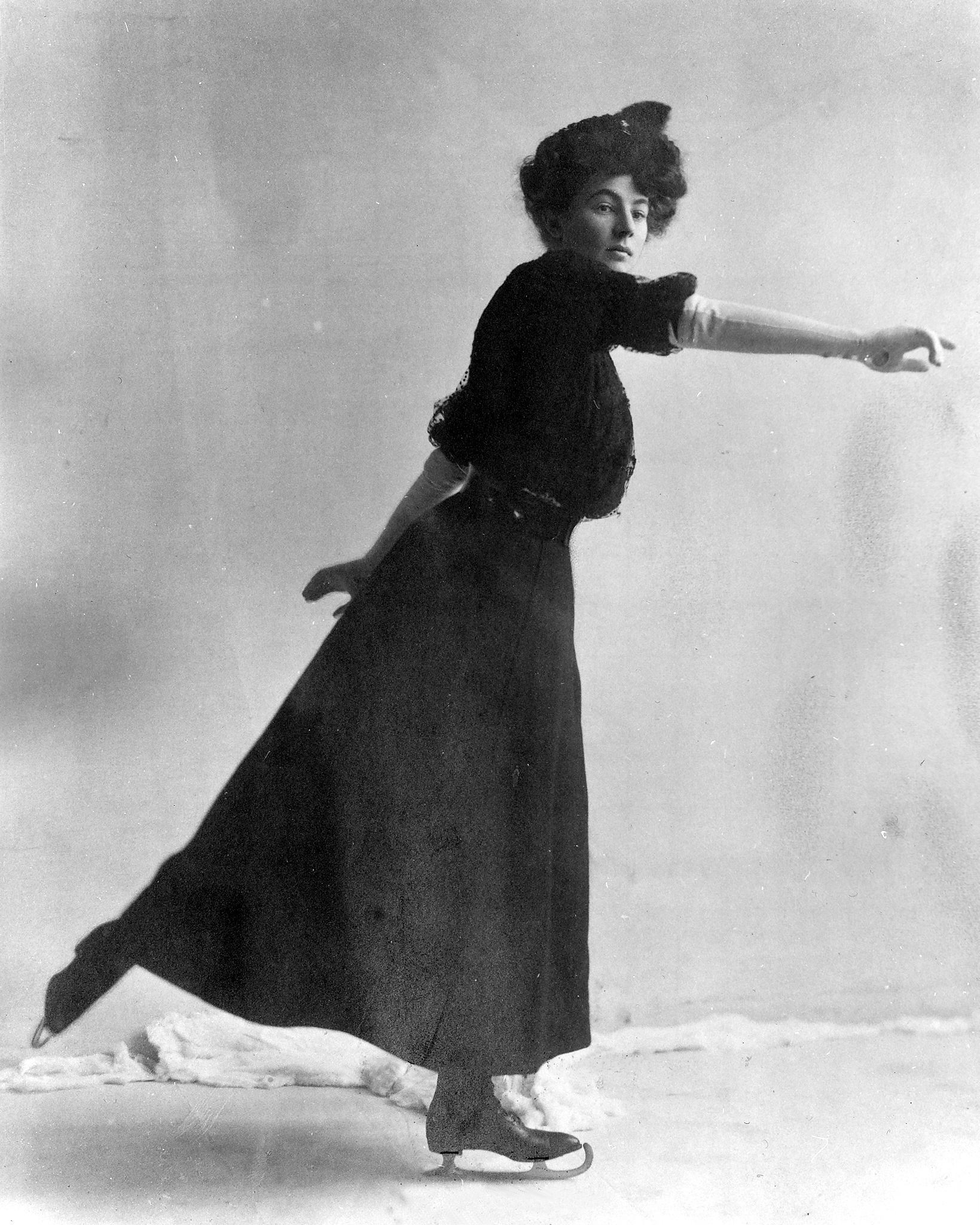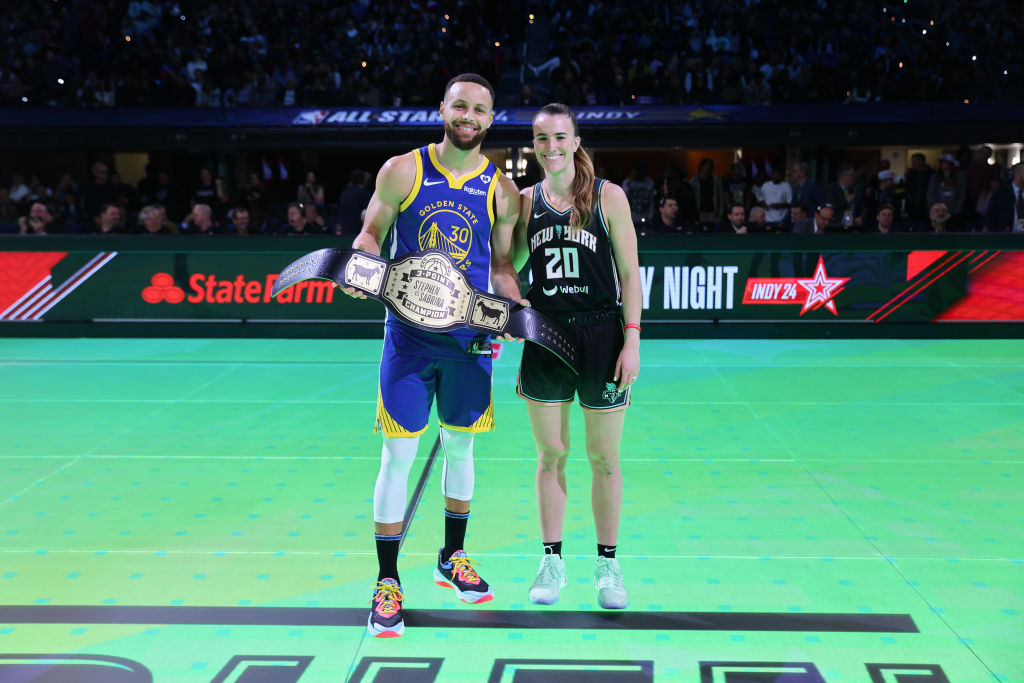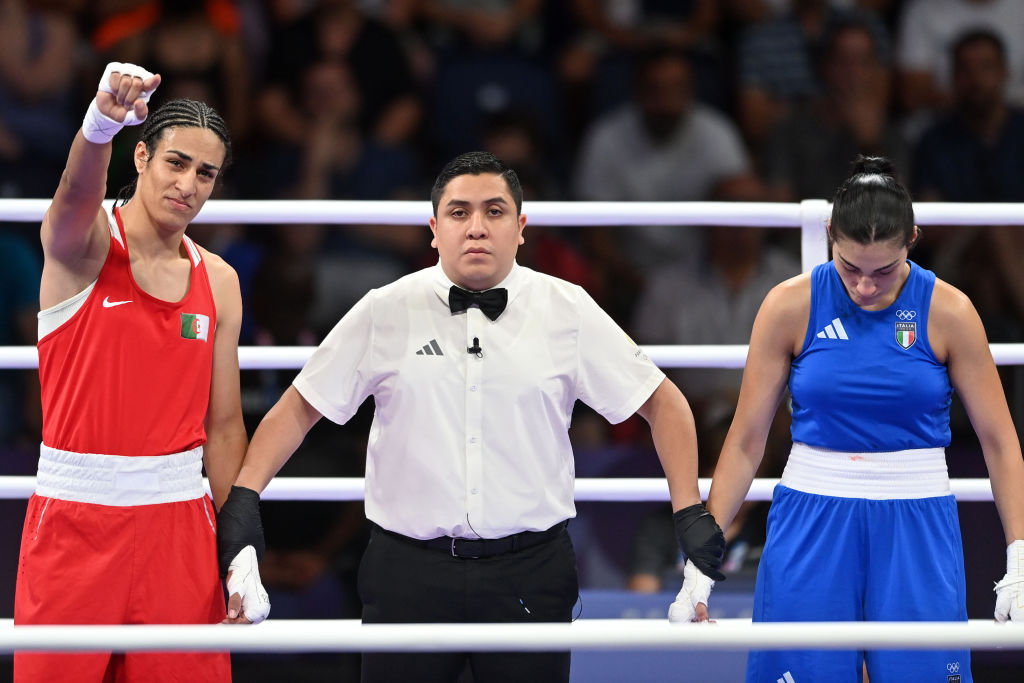Just Let Everyone Play
Women’s leagues, men’s leagues, and an all-gender league? A new book explores the possibilities.
By Scarlett Harris
In 1902, British figure skater Madge Syers won the silver medal in what was, at the time, an all-men’s World Figure Skating Championships. Until then, women competed only in elite sports perceived as feminine, such as tennis, croquet, and horseback riding, but weren’t explicitly prohibited from competing against men, perhaps because the thought seemed so outlandish. So in 1906, the International Skating Union created the women’s category, which Syers dominated that year and the next, eventually winning gold at the 1908 Olympics.

Syers is widely credited as the reason a “women’s” category in sports competition came to exist—and eventually became the highly lucrative yet highly underestimated women’s leagues of today. Women’s sports are more popular than ever, with viewership rising and even surpassing the men’s league at times, including at last year’s women’s March Madness. Athletes such as Dijonai Carrington, Angel Reese, and Caitlin Clark are now household names. Women’s soccer is the fastest-growing sport in the U.S. and a far more riveting watch than men’s. But—and stay with me here—are sex-segregated leagues the best we can do for gender equality in sports?
In Sheree Bekker and Stephen Mumford’s thought-provoking new book Open Play: The Case for Feminist Sport, the authors argue that women’s sport isn’t necessarily the ultimate feminist goal we’ve been led to believe it is. “It’s rather a form of segregation and control of women to keep them in their own category so that they never beat men or participate on the same footing as them,” charges Bekker, associate professor of health at the University of Bath.
Sex-segregated sports were created so that “women have a chance at winning based on the assumptions that they could never beat men” and to “keep them physically safe in the case of contact sports,” explains Mumford, a philosophy professor at Durham University. “But it’s not really a protected category; it’s a segregated one. Protected categories exist for the protection of those within those categories, whereas segregation exists for the benefit of those outside the segregated group. In other words, the group benefiting is men. “There’s this fear that one day women might actually be able to catch up to and beat men,” Bekker explains. Hence the reason the women’s category was invented in the first place. (Madge Syers, after all, did just that.)
In Open Play, Bekker and Mumford propose the idea of an egalitarian system where competitors are grouped by weight, power, and ability—rather than sex. There are valid concerns that leagues solely based on weight or power may end up suppressing women’s visibility, since, for instance, with basketball, the format would favor men. Still, if Muggsy Bogues was able to keep up with Larry Johnson there’s no reason Sabrina Ionescu couldn’t keep up with Steph Curry. (After all, she already did.)

Succeeding at sport threatens the patriarchy.
Arriving at a time when right-wing lawmakers are using the idea of protecting women athletes for their own political goals, Open Play is much-needed food for thought. President Trump’s two-sex executive order barred the vanishingly small number of trans athletes in this country from participating in women’s sports. “Trans women are not dominating women’s sport at all,” says Mumford. “It’s a manufactured scare. It’s almost at the point where being good at sport is grounds to question someone’s gender because it challenges the perception of how a woman ‘should be.’ Succeeding at [sport] threatens the patriarchy.”
Consider, for instance, the case of Algerian boxer Imane Khelif, a cisgender woman who had her gender called into question during the 2024 Paris Olympics after her opponent forfeited, chargingthat Khelif’s punches were too hard. Or think of South African runner Caster Semenya, who was made to undergo sex verification testing in 2009. Sex testing in sports appears perennially throughout history, from the “nude parades” of the 1950s and ‘60s to chromosomal testing, which World Athletics just announced it would be reintroducing. “We’re starting to see the reemergence of the idea of ‘who is a real woman,’” says Bekker.
But ultimately, gender policing in sport isn’t just about politics—it’s also about money.

Women’s sports get a fraction of the funding, attention, and visibility that men’s sports do. Without sufficient funding, women are working with subpar facilities, which, as the U.S. Women’s National Team argued during their equal pay dispute, can shorten their careers. Under current women’s-league pay conditions, many women athletes also have to work full-time jobs to supplement their paychecks. While elite male athletes are restoring their bodies to squeeze another winning season onto their resume, women like Ilona Maher are running themselves ragged just to keep the lights on. A theory called the 10% gap, which Bekker and Mumford believe to be flawed, posits that men are roughly 10% stronger, faster, and better at sports than women. But “it’s not as if men’s sport is getting 10% more of the funding than women’s sport,” says Mumford. “It’s usually 90% of funding.” Imagine how much better women athletes could perform if they were given access to the degree of training and resources those dollars can buy.
So, would it work for fans? A modern-day Battle of the Sexes might feel like a feminist win, but the rising popularity and viewership of women’s sports could indicate that some people just aren’t interested in watching men compete, regardless of the gender of their opponent. I am a fan of professional wrestling, and while I’m a champion for intergender wrestling and have written about it widely, I still prefer to watch women’s wrestling only. So while a desegregated athletics landscape might be an ultimate goal—at least as an option—for the time being many competitors would likely choose to stay in their current categories.
Non-binary athletes might offer us a glimpse of a more inclusive future, though. USA Gymnastics doesn’t have a specific category for non-binary competitors, and Australian Athletics offers the option to compete in the binary category they feel most comfortable in. And many nonbinary athletes gravitate towards non-traditional sports like roller derby, in which play is often not sex-segregated.
“Non-binary people are showing us the way forward,” Bekker says. “Traditional sports organizations right now are not on top of this and they’re going to lose more people coming into their sport as younger generations, who are more diverse, grow up.”
In the meantime, we’ll have to content ourselves with sportswomen kicking ass in gendered categories—and waiting for the men to be just as interesting to watch.

Scarlett Harris is a culture critic, author of A Diva Was a Female Version of a Wrestler: An Abbreviated Herstory of World Wrestling Entertainment, and editor of The Women Of Jenji Kohan.